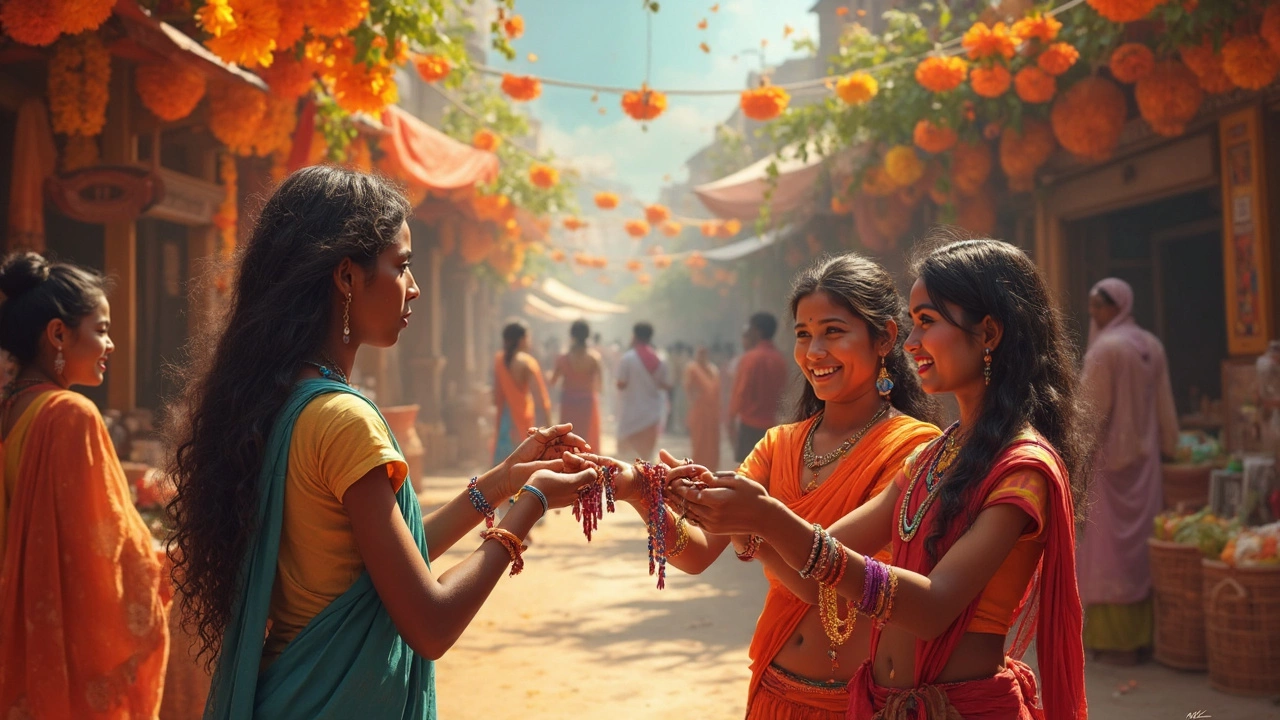Indian Celebrations: A Colorful Guide to Festivals and Traditions
India isn’t just a country; it’s a calendar packed with celebrations that bring people together. From bright lights to tasty snacks, each festival tells a story about the land, its people, and their beliefs. If you’re curious about what makes Indian celebrations so lively, you’re in the right place.
Major Festivals Across India
Diwali – Known as the Festival of Lights, Diwali marks the victory of light over darkness. Homes get lit with oil lamps, families exchange sweets, and fireworks fill the night sky. It’s a time for new beginnings, so many people also buy gold or start fresh ventures.
Holi – The spring “color splash” is all about fun and forgiveness. People throw colored powders, splash water, and share festive drinks called thandai. The whole vibe is playful, and even strangers end up dancing together.
Navratri & Dussehra – Nine nights of dance, music, and worship. In Gujarat, people perform the energetic Garba; in other regions, families set up beautiful displays of the goddess Durga. The final day, Dussehra, celebrates the triumph of good over evil.
Eid-ul-Fitr – After the month of fasting, Muslims gather for a big feast. Traditional dishes like biryani and sheer khurma are shared, and community prayers bring everyone together.
Pongal – A harvest festival from Tamil Nadu, where families cook a sweet rice dish in newly harvested rice and thank the sun. Cows are adorned, and people sing folk songs late into the night.
Other notable celebrations include Ganesh Chaturthi (the elephant‑headed god’s birthday), Baisakhi (the Sikh harvest and new year), Christmas with its midnight masses, and regional events like Onam in Kerala, where flower carpets and boat races steal the show.
How to Join and Enjoy Indian Celebrations
Want to be part of the fun? Here’s a quick cheat‑sheet. First, dress appropriately: bright fabrics work for Holi, modest attire is best for religious sites, and festive traditional wear (like a kurta or saree) shows respect.
Second, bring a small gift or sweets. Offering prasad (holy food) or a box of sweets is a universal sign of goodwill. If you’re invited to a dinner, expect a spread of regional dishes – never turn down a plate, even if it’s unfamiliar.
Third, learn simple greetings. A quick “Namaste” with hands together works everywhere. During Eid, saying “Eid Mubarak” is appreciated, while “Merry Christmas” fits the holiday vibe.
Finally, be ready for the buzz. Festivals often include loud music, dancing, and crowds. Keep your valuables safe, stay hydrated, and enjoy the energy. Watching a fireworks show on Diwali or joining a Garba circle can become a memory you’ll replay for years.
Each Indian celebration is a window into the country’s soul. Whether you’re tasting sweets, dancing in colors, or listening to devotional songs, you’ll feel the same excitement that locals do. So pick a date, join the crowd, and let the festivities sweep you away.
